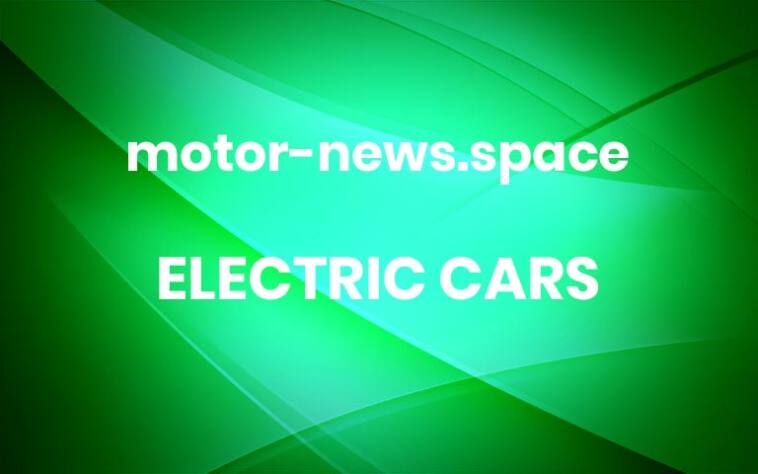2026 Toyota Hilux Debuts – Petrol, Diesel, Hybrid, Electric, Hydrogen
2026 Toyota Hilux HybridToyota has officially unveiled the ninth-generation Hilux, marking a major transformation for the legendary pickup as it enters the era of electrified mobility. The all-new Hilux brings a host of firsts, including battery electric (BEV) and hydrogen fuel cell (FCEV) versions — alongside 48V hybrid, diesel, and petrol powertrains — embodying Toyota’s multi-path strategy to meet diverse customer and market needs.
Hilux Enters an Electrified Era
The new generation Hilux has been developed under Toyota’s philosophy that different regions and customer requirements demand multiple powertrain options rather than a single solution. The lineup now includes a fully electric Hilux BEV, a Hybrid 48V variant, and continued internal combustion choices for select markets, making it the most versatile Hilux ever produced.
2026 Toyota Hilux BEV
With this expansion, Hilux will become the Toyota model with the widest range of powertrains in its global portfolio — a testament to its evolution from a rugged workhorse to a modern, sustainable utility vehicle.
Design – Tough Yet Agile
The 2026 Hilux adopts a new “Tough and Agile” design theme. The front fascia gets a bold new look with slimmer headlamps, a horizontal bar carrying the TOYOTA name, and a redesigned bumper. The electric version features a closed-off front grille for aerodynamic efficiency and unique alloy wheels. A new rear deck step and reprofiled side steps enhance practicality, while Hilux now comes exclusively in the Double Cab body style based on customer preference.
2026 Toyota Hilux BEV
Inside, the cabin has been redesigned for greater comfort and modern appeal, drawing inspiration from the new Toyota Land Cruiser. The dashboard features a 12.3-inch customizable driver display and a 12.3-inch infotainment touchscreen, with grouped off-road controls and a new shift-by-wire selector in the BEV variant.
2026 Toyota Hilux BEV
Connectivity features include wireless smartphone charging, rear USB ports, and remote vehicle access via the MyToyota app, which offers fleet managers the ability to track multiple vehicles, monitor charging and fuel levels, and access driving analytics.
2026 Toyota Hilux BEV
Improved Safety and Handling
For the first time, the Hilux adopts electric power steering, providing more precision and ease of manoeuvrability. The Toyota T-Mate suite of safety and driver-assistance technologies has also been upgraded, now offering features such as Proactive Driving Assist, Low Speed Acceleration Suppression, and Emergency Driving Stop System. Additional features include Blind Spot Monitor, Safe Exit Assist, and a Driver Monitor Camera. Over-the-air (OTA) software updates will keep the system current throughout the vehicle’s lifespan.
2026 Toyota Hilux BEV
2026 Toyota Hilux BEV – The First Fully Electric Hilux
The introduction of the Hilux BEV marks a historic shift for the pickup. Powered by a 59.2 kWh lithium-ion battery and dual e-axles, the electric Hilux delivers permanent all-wheel drive with 205 Nm of torque at the front and 268.6 Nm at the rear.
2026 Toyota Hilux Hybrid
Preliminary figures suggest a payload capacity of 715 kg, towing capacity of 1,600 kg, and an estimated driving range of 240 km (WLTP). Toyota claims best-in-class charging performance, while off-road capability remains uncompromised thanks to body-on-frame construction, battery protection measures, and the same wading depth as the diesel model. A Multi-Terrain Select system optimizes traction across different surfaces, simulating low-range torque distribution similar to a conventional 4×4.
2026 Toyota Hilux BEV
Hilux Hybrid 48V – The Core Model for 2026
Toyota’s 48V Hybrid system — already introduced in 2025 — will become the core powertrain option for the new generation. Production is scheduled to begin in spring 2026. The setup combines a 2.8-litre diesel engine with a 48V lithium-ion battery, electric motor-generator, and DC-DC converter, delivering smoother, quieter operation and improved fuel economy.
2026 Toyota Hilux
The system also retains Hilux’s renowned capability — including 1-tonne payload and 3.5-tonne towing capacity — while maintaining its 700 mm wading depth. Off-road performance is enhanced with Multi-Terrain Select, Multi-Terrain Monitor, and Panoramic View Monitor for improved control in rough conditions.
Internal Combustion Variants for Select Markets
Toyota will continue offering 2.8-litre diesel and 2.7-litre petrol versions for Eastern European markets, ensuring the model remains accessible to customers in regions where diesel remains a necessity. India is likely to get these engine options at the time of launch sometime next year.
2026 Toyota Hilux
Fuel Cell Hilux – Arriving in 2028
Toyota has also confirmed that a Hydrogen Fuel Cell Electric Vehicle (FCEV) version of the Hilux will go into production by 2028. This upcoming variant will combine zero-emission performance with long range and rapid refuelling capabilities, furthering Toyota’s hydrogen ecosystem development across Europe.
With the ninth-generation Hilux, Toyota blends its legendary strength, reliability, and off-road capability with cutting-edge electrification and connectivity. By offering electric, hybrid, and hydrogen powertrains alongside proven ICE options, the new Hilux ensures that it continues to meet the needs of a rapidly evolving global market — all while staying true to its “Invincible” DNA. More



